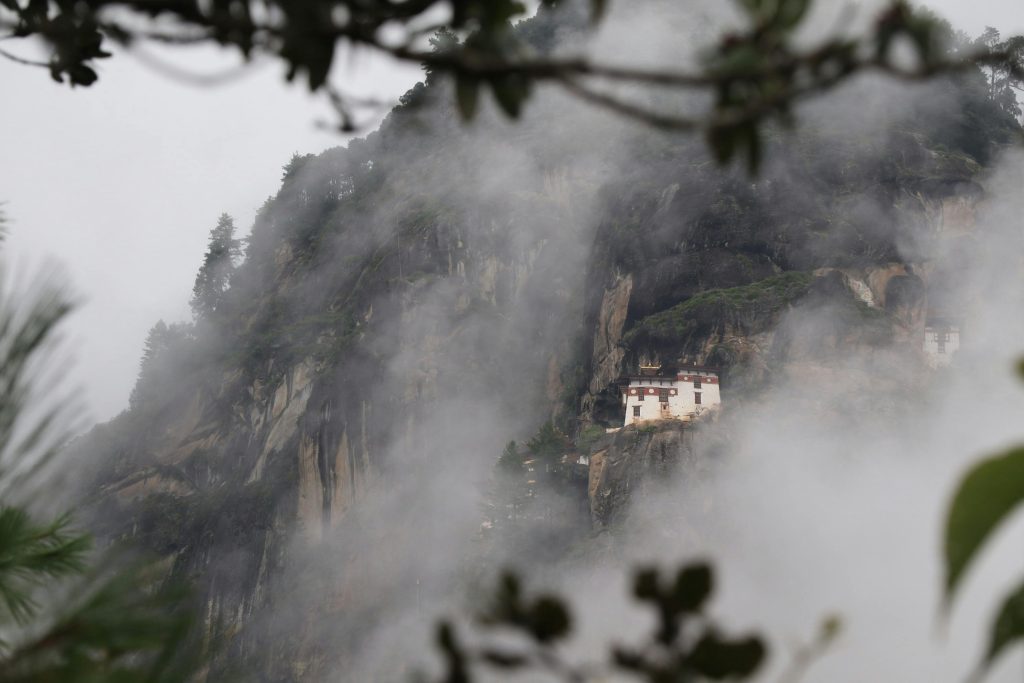Nestled at the confluence of the Pho Chhu and Mo Chhu rivers in the Punakha Valley, Punakha Dzong stands as one of Bhutan’s most remarkable landmarks. Known for its stunning architecture and historical importance, this fortress-monastery is a symbol of Bhutanese culture, tradition, and spirituality. Its scenic setting, coupled with its role in Bhutan’s history, makes it a must-visit destination for travelers and history enthusiasts alike.
- Architectural Beauty:
Punakha Dzong is an outstanding example of traditional Bhutanese architecture. The fortress is a striking blend of intricate woodwork, colorful murals, and towering white walls, with golden roofs that shine in the sunlight. The dzong’s design reflects Bhutan’s unique architectural style, which emphasizes harmony with nature and religious symbolism. Its central structure, with towering walls and a series of courtyards, is a feat of engineering and craftsmanship, built to withstand the region’s frequent earthquakes and harsh weather conditions. The dzong is a true visual masterpiece, especially with the backdrop of the majestic Himalayan mountains and the rivers that converge below. - Historical Significance:
Punakha Dzong holds great historical significance for the people of Bhutan. It was built in 1637 by Zhabdrung Ngawang Namgyal, the founder of the Bhutanese state, and served as the political and religious center of Bhutan for many centuries. It is in this dzong that the first king of Bhutan, Ugyen Wangchuck, was crowned in 1907, marking the beginning of the monarchy in the country. The dzong also played a pivotal role during the unification of Bhutan, making it an important symbol of the nation’s heritage and unity. Today, it remains a spiritual center and houses sacred relics, including the sacred Buddha’s robe and the original statue of the Buddha, which are revered by Bhutanese people. - Serene Setting and Scenic Views:
The location of Punakha Dzong is nothing short of breathtaking. Positioned at the confluence of the Pho Chhu and Mo Chhu rivers, the dzong is surrounded by lush greenery and beautiful landscapes, making it a serene spot for visitors. The calm rivers and the mountains in the distance provide a peaceful atmosphere, perfect for reflection and appreciation of Bhutan’s natural beauty. In the spring, the dzong is surrounded by blooming jacaranda trees, adding a touch of color and vibrancy to the already stunning view. The natural surroundings only enhance the awe-inspiring experience of visiting this historic site.
Conclusion:
Punakha Dzong is not just an architectural marvel but a place that embodies Bhutan’s deep cultural and spiritual heritage. Its stunning location, historical importance, and beautiful design make it a must-see destination in Bhutan. Whether you are fascinated by history, architecture, or simply the peaceful surroundings, Punakha Dzong offers a unique experience that highlights the timeless beauty and tradition of this Himalayan kingdom.

